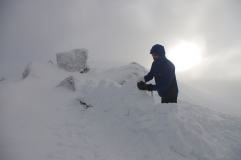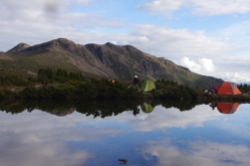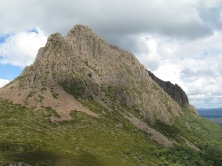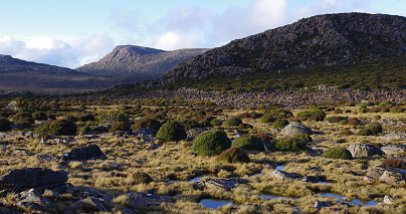National Threatened Species Day happens on 7 September. It is a day to consider native plants, animals and ecosystems that are under threat and how we can protect them into the future.
It is held annually to commemorate the night of 7 September 1936 when the last Tasmanian tiger died in Hobart Zoo. With the death of this animal the thylacine species became extinct.
This year we thought we would focus on the mountain pygmy-possum.
The MPP is an iconic species of the Australian Alps. The Alps cover less than 0.2% of the Australian continent, and its many plants and animals are found nowhere else on the planet.
The MPP was considered extinct until it was rediscovered at a ski lodge in Mt Hotham, Victoria in 1966.
The MPP has been declared by the IUCN Redlist as Critically endangered. Population estimates total less than 2,000 individuals from the three combined isolated populations in 2000.
They are only found in rocky boulder fields in alpine and subalpine areas of the highest mountains of Victoria and NSW
It is the only Australian mammal that hibernates under the snowpack in winter.
Background information can be found here.
The biggest threats to the mountain pygmy possum populations include
- habitat destruction and fragmentation,
- climate change,
- predation by feral cats and red foxes, and
- threats to their prime food source, the bogong moth.
Saving the possum
Unless we radically reduce global contributions to global warming, the Alps as we know them at present will change beyond recognition. Habitat for species like the possum will be lost. The key thing we need to do is to act to stop climate change.
You can read about the recovery efforts at Mt Buller and Mt Hotham.
There is good information on the possum and recovery efforts in Victoria available here.
Lights off for the Bogong Moths
Each spring, Mountain Pygmy-possums wake up from their annual hibernation, hungry for nutritious Bogong Moths to eat so they can raise their young.
Sadly, Bogong Moth populations appear to have suffered a catastrophic decline in the past two years, which means there’s simply not enough food for these tiny possums to raise their babies.
Bogong Moths normally migrate from Queensland, NSW and western Victoria towards Mountain Pygmy-possum habitats. But for the past two years they haven’t arrived.
There are a number of possible reasons why Bogong Moths aren’t reaching alpine areas.
As well as drought and pesticide use, bright lights from towns and cities are thought to lure and trap the moths along their migration route.
IMAGE: Zoos Victoria

























































September 7, 2020 at 6:49 pm
Wow – we should really try to save these small species. Thanks for the information. I had never heard about them.
– Ananya
youth4planet.wordpress.com
November 27, 2022 at 7:22 pm
I have these young possums I now feed in my neighbours trees now 5 I’d say Mum & Dad a few new ones .
They like my bird seeds hanging I bring in at night but they are hungry I have a tray I use birds but late arvo I give the
Cut up Carrot cooked rice a bit of bread some cut up fruit. Gets them from going on my roof. I’m sure they have a home burrow under my concrete there is a hole. I’ve seen young ones come out of there.
I’m concerned about something at the back of bigger one looks like a pouch at back. Is it cancer or pregnant I don’t know,, just seen it lately.
I felt I should say. I have a small bowl out water for birds.
My phone number is 0403642538 I understand that these possums are precious to Australia.
Barbara Grindlay-Luke. I’m a senior.